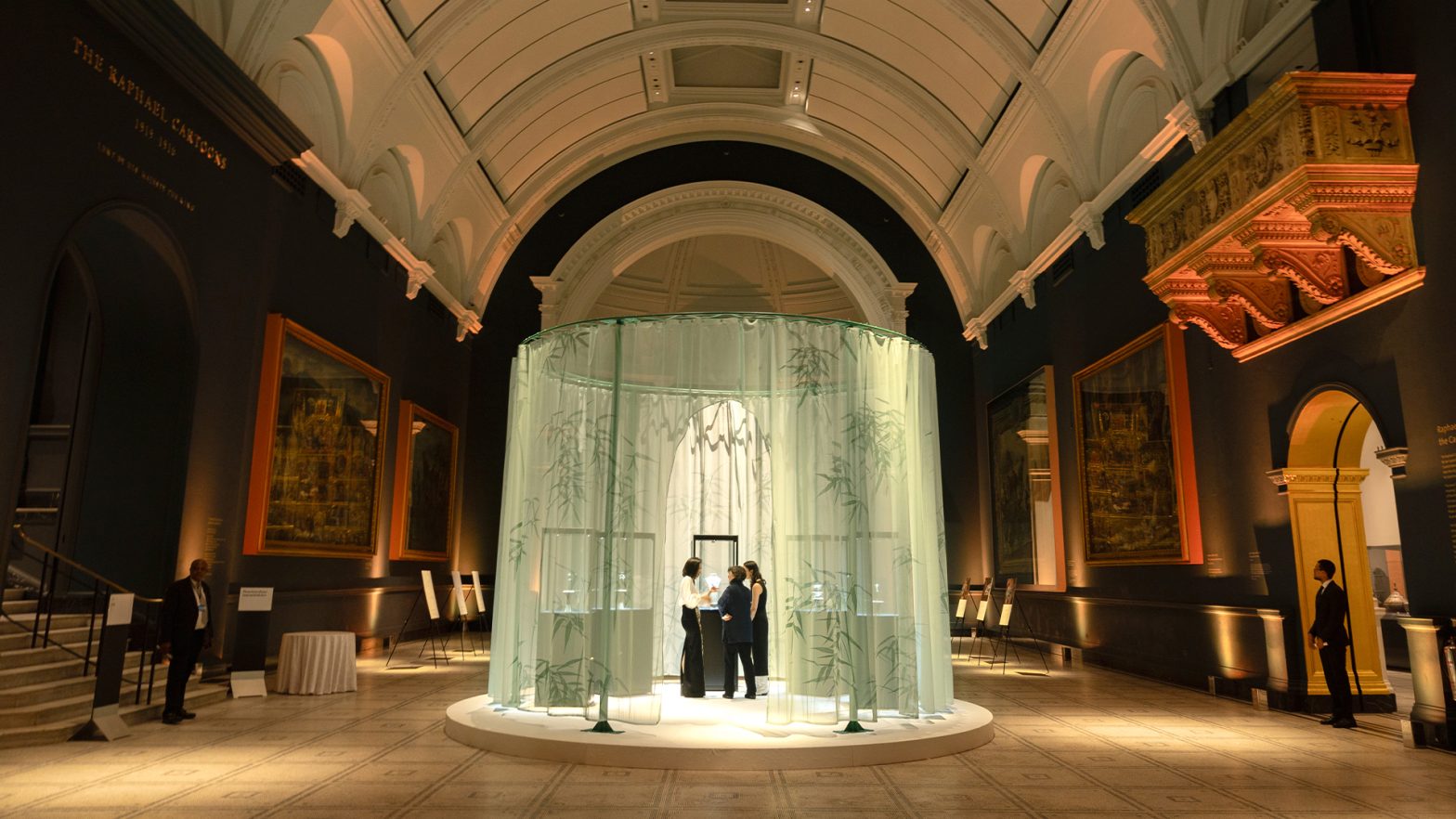
Is this the most luxurious waterfall experience in the world?
By Alison Brinkworth
Sitting on the border between Brazil and Argentina, Iguazu Falls is one of the most spectacular waterfalls in the world, Alison Brinkworth explores why a visit to these cascades is such an unforgettable holiday
There’s something unbelievably exhilarating about the light touch of fresh spray from a waterfall on your face amid the roaring sound of furious water plunging 82 metres. Here I was teetering on the edge of the Devil’s Throat – but it felt more like heaven.
Iguazu Falls and its peak of Garganta del Diablo (or Devil’s Throat) lie directly on the border between Brazil and Argentina in the heart of a gloriously luscious national park, rich with tropical jungle, rainforest, exotic birds and wildlife including playful monkeys roaming free.
Reaching the precipice of such a magnificent natural phenomenon as Iguazu Falls did more than just make my heart race faster with wonder; it was a life-affirming, unforgettable moment that makes you realise just how beautiful the world is.
It puts Niagara Falls in the shade, despite being lesser known globally, partly due to its location further afield in South America. Iguazu is actually a chain of 275 cascading waterfalls that stretch over nearly two miles with the Devil’s Throat as it’s mesmerising focal point.
The protected parkland around it means there isn’t a casino just off camera, but a series of boardwalk trails that make it easy for visitors to make a gentle walk to magnificent views above and below the falls on the Argentinian side.
There’s also an easy to reach lookout on the Brazilian side of the river, which takes you under the stunning Salto Floriano section before a panoramic view of Garganta del Diablo from afar. This easy accessibility to such grandeur in both countries is part of the adventure and many people cross the border to ensure they get a view from both sides.
Paraguay is even close at hand, to the west, as the three countries share the same waters along with a common cultural Guarani history.
While there are sublime views from Brazil, the Argentinian side offers something a little more unusual with spectacular low and high walkways at the top and bottom of the Falls, which allow you to get closer to the water’s edge.
Around every corner is a tropical paradise with unusual birds and butterflies flying past or a naughty coati, a relation of the raccoon, snuffling around the tourists for food.
When entering Parque Nacional Iguazu in Argentina, you can walk through the Sendero Verde path into the park or there’s a tourist train every 30 minutes that travels on to Cataratas train station, where trails start at the bottom of the falls. The train travels further on from Cataratas to Garganta del Diablo station, where a scenic and thankfully flat walk of just over half a mile brings you to the unforgettable mouth of the waterfall.
This train route does get busy and there can be long waits, so get up early or catch the last few of the day, between 3pm and 4pm, if you want to miss the rush. Alternatively, there’s a one and a half mile undemanding walk if the queues are too long for the train.
Staying in the park
One way to get ahead of the queues and enjoy the park before the crowds arrive is by staying in it. While most people must leave the grounds when the gates close, there is the luxurious five-star Gran Melia Iguazu Hotel within the park itself.
The Paranaense jungle is still out of bounds to guests at night for their own safety, but the perfectly positioned hotel looks directly on towards the Garganta del Diablo in the distance and is a short five-minute walk to the Cataratas train station.
The hotel’s large infinity pool has even been lined up to look directly on to the waterfall for the most memorable swim you are ever likely to take. Cooling down in the water from the blazing sun, you can lazily glide over to the edge and look out at the tumbling water ahead. It’s an unrivalled experience that makes you feel as though you are in the lap of luxury.
Rooms at the rear of the premises all have the same clear sight of the waterfall from their balconies, but there’s also a spa and indoor pool inside if you can tear yourself away from that view.
There’s restaurants and cocktail bars at the hotel for residents and visitors to the park that serves a mix of Brazilian favourites and sumptuous Argentinian steaks and red wine.
If staying outside the park, the Argentinian town of Puerto Iguazu and Brazilian Foz do Iguacu both have a wide range of hotels and rooms to suit all budgets.
Wildlife
A cocktail of heat, rain and humidity along with layers of canopy and forest means that Iguazu is the perfect environment for a diverse range of animals and plants. There are even wildcats of puma and jaguar padding around in the undergrowth, but they tend to come out from their lairs after dark and are rarely seen by day.
Of the wildlife, you are most likely to spot, there’s dozens of coati and capuchin monkeys that you will easily catch on camera as they aren’t shy about mingling with visitors. An alligator caught my eye lazing in shallow waters, well out of reach, under a walkway bridge that sent a shiver or excitement and trepidation down my spine – but that’s part of the attraction of walking through a jungle.
If anything, it all feels very safe while offering the chance to brush within metres of wild animals roaming free in their natural habitat.
Adventure sports
For those who want to step up the trip to the next level, there’s plenty of excursions on offer. Helicopter rides over the falls are popular, along with speed boat trips or more leisurely journeys in a canoe or raft.
With so much wildlife to see, walks with experts are available that take you up close to wildlife at the heart of the forest in places less travelled by tourists. One on offer is the Safari a la Cascada. For the brave, there’s also full moon walks that take place a few days every month.
Getting there
Due to its location between two countries, Iguazu is well served with airports on both the Argentinian and Brazilian side.
The Puerto Iguazú International Airport serves the Argentinian side and is currently going through an expansion to modernise it further. On the Brazilian side, there is Foz do Iguacu Airport.
There is so much to see at Iguazu that you need at least three days to experience the view from both Argentina and Brazil and longer to relax and unwind in this tropical paradise.
One thing is for sure, once seen, the Iguazu Falls are never forgotten.
For more information on the region, visit the Iguazu National Park website.











































